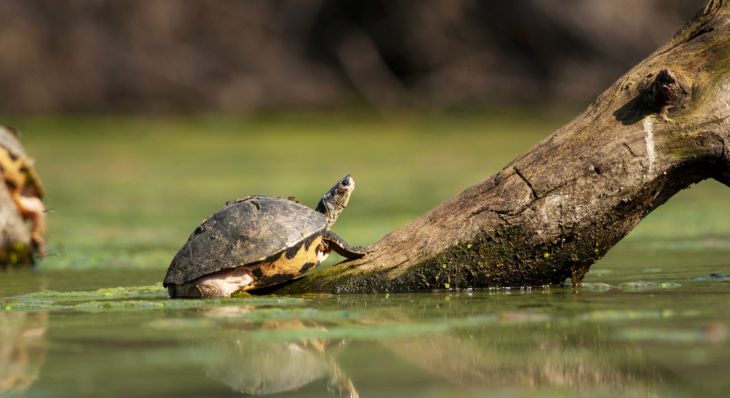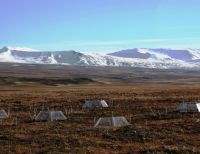How should nature be monetised when governments and other stakeholders use cost-benefit analyses to assess the economic impact of projects that directly or indirectly affect nature and its ecosystems?
This question is at the heart of a new article in the prestigious journal Science, in which an international group of economists proposes to adjust what they see as a flawed way of valuing nature in existing cost-benefit analyses. As an alternative, they propose a new, broader, but still relatively simple and transparent formula.
Specifically, the 16 economists behind the article criticise that current practices in most countries do not consider the economic growth of society or the fact that natural ecosystems are a scarce resource that is threatened or even declining in many places.
"This creates two problems with the same outcome: You will underestimate the value of nature in economic analyses, which may span many years," says assistant professor and co-author Frikk Nesje from the Department of Economics at the University of Copenhagen.
"Firstly, current calculation models typically do not reflect the fact that society is getting richer and that we, as citizens and therefore as a society, will therefore be willing to pay more for existing nature in the future. The second problem is that they do not take into account that nature is a scarce resource under increasing pressure. This also increases the willingness to pay and thus the monetary value of nature."
Economic growth and natural scarcity have a big influence
The new formula includes projections of future economic growth and natural scarcity, rather than generally assuming a constant value 10, 20 or even 100 years into the future, regardless of expected developments.
Calculating the value of nature
At both national and international level, there is an increasing focus on incorporating the value of nature and ecosystems into economic cost-benefit analyses, to avoid underestimating or overlooking the value of nature.
The big challenge is to monetise natural ‘services’ such as a cleaner environment, greater biodiversity and recreational qualities that are not priced in a regular market.
In practice, economists therefore work with ‘shadow prices’ that simulate a market value through 'willingness-to-pay' analyses. These are based on studies of people's willingness to pay for nature conservation and their actual behaviour as reflected, for example, in the housing market and when traveling.
The new formula, published in Science, does not address the fundamental and difficult valuation of nature. But it does ensure that future developments in economic growth and resource scarcity are taken into account. These are factors that also drive the prices of traditional goods and services traded in a market.
This makes a significant difference when working with a long time horizon: The value of nature in today's prices will increase by 130 per cent if you assume a general GDP growth of 2 per cent per year over the next century. If the negative trend in the so-called Red List Index (LINK) of endangered species is taken into account, the value increases by more than 180 per cent.
The research group's ambition is that the new model will be included in the guidelines that public authorities are increasingly establishing for cost-benefit analyses of public projects and programmes that have a positive or negative impact on nature. In Denmark, these guidelines are drawn up by the Ministry of Finance.
"Our study provides governments with a formula to estimate the future values of scarce ecosystem services that can be used in decision-making processes," says Moritz Drupp, professor at the University of Hamburg, who led the project.
Frikk Nesje also points out that it will ultimately be a political task to include economic growth and scarcity of nature in cost-benefit analyses in the field of nature and the environment.
"Taking the resource scarcity into account is new. But otherwise, our formula has the advantage that it follows the principles for economic growth already used in other similar analyses of effects that are not priced in the market – such as analyses of the economic consequences of time lost on travel, or health initiatives."
Read the article in the journal Science: Accounting for the increasing benefits from scarce ecosystems
Read also the research group's own press release: New Formula for Ecosystem 'Services














